Yellow Tailed Black Cockatoo for Sale
$1,500.00 – $3,000.00Price range: $1,500.00 through $3,000.00
-
Scientific Name: Calyptorhynchus funereus
-
Size: 22–26 inches (55–65 cm)
-
Wingspan: Up to 3.5 feet (100 cm)
-
Weight: 600–900 grams
-
Lifespan: 40–60 years in captivity
-
Conservation Status: Least Concern (some populations declining)
Yellow Tailed Black Cockatoo for Sale
Yellow-Tailed Black Cockatoo is one of Australia’s most iconic and visually striking parrots. Known for its glossy black feathers, large size, and striking yellow patches on the tail and cheeks, this bird commands attention both in the wild and in captivity. Revered for its gentle nature, intelligence, and haunting call, the Yellow-Tailed Black Cockatoo has become a favorite among bird watchers, conservationists, and exotic bird enthusiasts.
Whether you’re researching for ownership, birdwatching, or simply fascinated by this majestic species, this in-depth guide covers everything you need to know about the Yellow-Tailed Black Cockatoo — including behavior, diet, habitat, and conservation.
The Yellow-Tailed Black Cockatoo (Calyptorhynchus funereus) is a large species of cockatoo native to the forests and woodlands of southeastern Australia. Unlike many other cockatoos, it is primarily black in coloration, with distinctive yellow panels on the underside of its tail and yellow patches on its cheeks. Its large, curved beak and mournful-sounding calls make it easy to recognize both visually and audibly.
Unique Physical Features
Yellow-Tailed Black Cockatoos are visually stunning:
-
Plumage: Deep charcoal or black feathers with fine pale edging
-
Tail Feathers: Broad yellow bands underneath the tail
-
Cheek Patches: Prominent round yellow patches (more visible in females)
-
Beak: Strong and gray, adapted for cracking hard seed pods and nuts
-
Eyes: Dark brown, giving them a soft, soulful expression
Natural Habitat and Distribution
Yellow-Tailed Black Cockatoos are found primarily in:
-
Eastern and Southeastern Australia – including Queensland, New South Wales, Victoria, South Australia, and Tasmania
-
Woodlands and Eucalypt Forests
-
Coastal regions and mountain ranges
They are often seen flying in pairs or small flocks, slowly gliding with deep wingbeats while calling to one another with a distinctive, wailing cry.
Behavior and Personality
Yellow-Tailed Black Cockatoos are known for their gentle and social demeanor. In the wild, they are:
-
Highly social: Found in family groups or small flocks
-
Vocal: Their calls are loud, mournful, and carry over long distances
-
Curious and intelligent: Use tools and display problem-solving abilities
-
Playful: Young birds often engage in acrobatic flight and games
In captivity, they require extensive interaction and mental stimulation to remain happy and healthy.
Diet and Nutrition
In the wild, Yellow-Tailed Black Cockatoos primarily feed on:
-
Seeds and nuts (especially from native trees like Banksia and Hakea)
-
Wood-boring insect larvae
-
Fruits and berries
-
Pinecones in plantations, where they use their powerful beaks to extract seeds
In captivity, their diet should mimic natural foods as closely as possible:
Recommended Diet in Captivity:
-
Pelleted parrot diet (as a base)
-
Fresh native vegetation like eucalyptus branches (for chewing)
-
Fresh fruits and vegetables: apple, pear, broccoli, leafy greens
-
Nuts and seeds (e.g., almonds, pine nuts) — in moderation
-
Calcium supplements if breeding or growing
Always provide fresh water and ensure enrichment through foraging opportunities.
Housing and Enrichment
If you’re considering keeping a Yellow-Tailed Black Cockatoo in captivity (only where legal), know that this bird requires:
-
Large aviary or flight cage: At least 3m x 2m x 2m (10’ x 6.5’ x 6.5’)
-
Chew-resistant materials: These birds are strong chewers
-
Daily exercise time outside the enclosure (supervised)
-
Enrichment toys: Wood blocks, puzzle feeders, foraging boxes
-
Social interaction: At least 2–3 hours of interaction with humans or other birds
Breeding and Reproduction
Yellow-Tailed Black Cockatoos are monogamous and form strong lifelong pair bonds. They nest in:
-
Large tree hollows, often in mature eucalyptus trees
-
Typically lay 1–2 eggs, but usually only one chick is raised successfully
-
Incubation: 29–31 days
-
Fledging: Around 10–11 weeks
Because of their nesting requirements, loss of old-growth trees has negatively affected breeding success in some areas.
Conservation and Threats
While currently listed as Least Concern, certain subspecies and regional populations are under threat due to:
-
Habitat loss (due to logging, urban development, and agriculture)
-
Loss of nesting trees
-
Competition for nesting hollows with invasive species like the Common Starling
-
Climate change, affecting food sources and forest health
Several conservation programs in Australia aim to protect these majestic birds through habitat preservation and artificial nest box programs.
Yellow-Tailed Black Cockatoo for Sale: What You Should Know
If you’re seeking a Yellow-Tailed Black Cockatoo for sale, be extremely cautious:
-
Legal status varies by country and state
-
Only purchase from licensed aviculturists or conservation-based breeders
-
Ensure birds are captive-bred, not taken from the wild
-
Ask for health certificates, permits, and parent history
Reputable sellers will also screen potential buyers to ensure proper knowledge, facilities, and commitment to long-term care.
Frequently Asked Questions (FAQs)
Q: How long do Yellow-Tailed Black Cockatoos live?
They can live 40–60 years or more in captivity with proper care.
Q: Are Yellow-Tailed Black Cockatoos noisy?
Yes. Their calls are loud, harsh, and carry over long distances.
Q: Can Yellow-Tailed Black Cockatoos talk?
They are not strong talkers, but can mimic sounds and vocalizations.
Q: Are they endangered?
Not globally, but some regional populations and subspecies are declining due to habitat loss.
| Age | 6 to 12months, 1 to 3years |
|---|---|
| Sex | Male, Female |
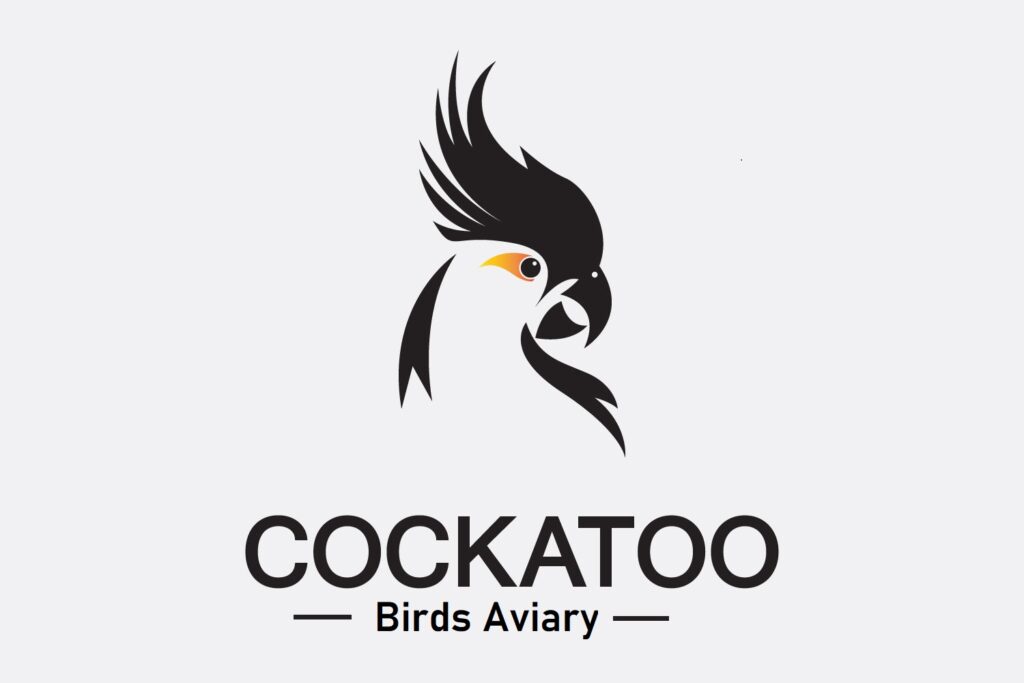
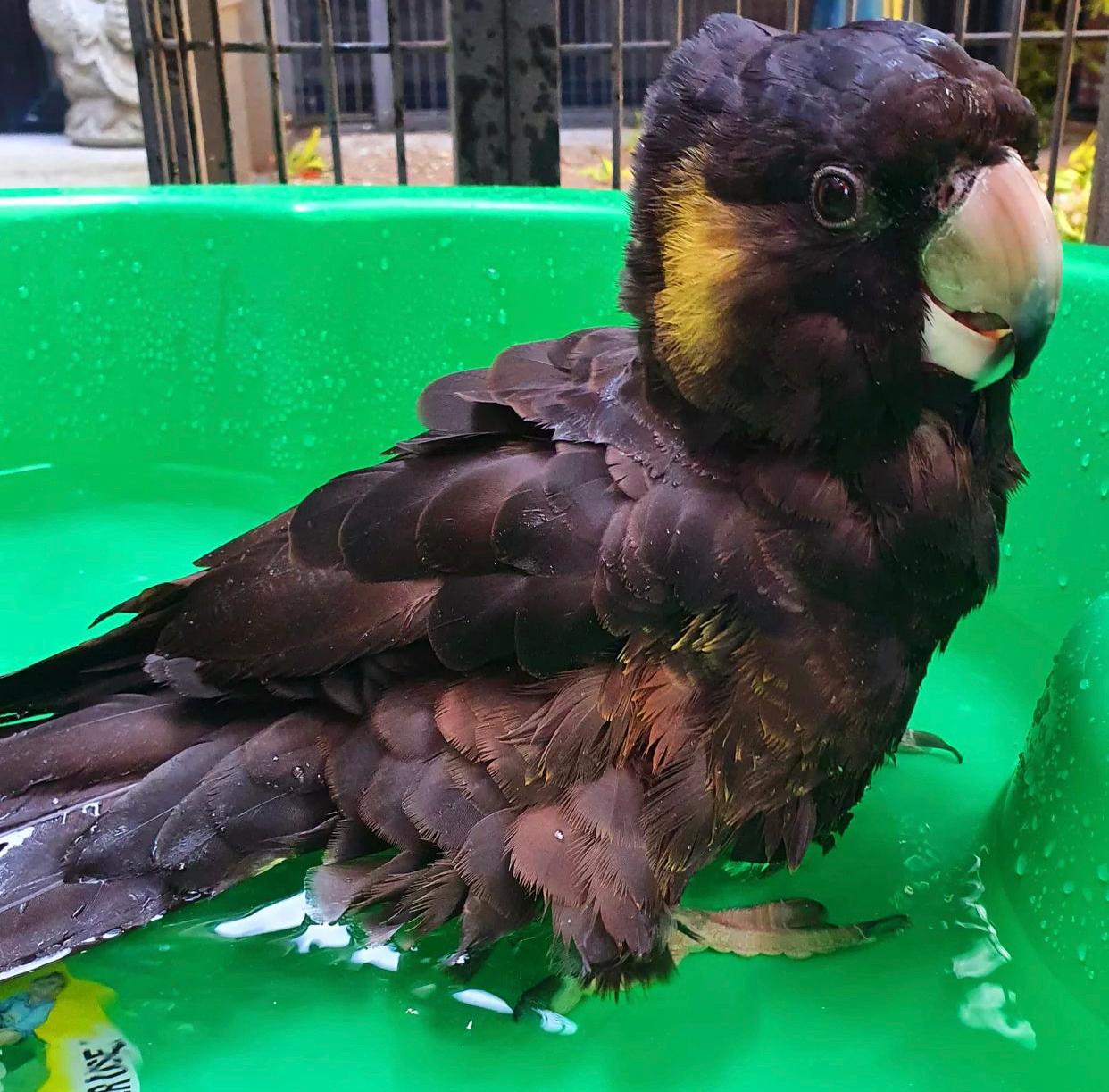
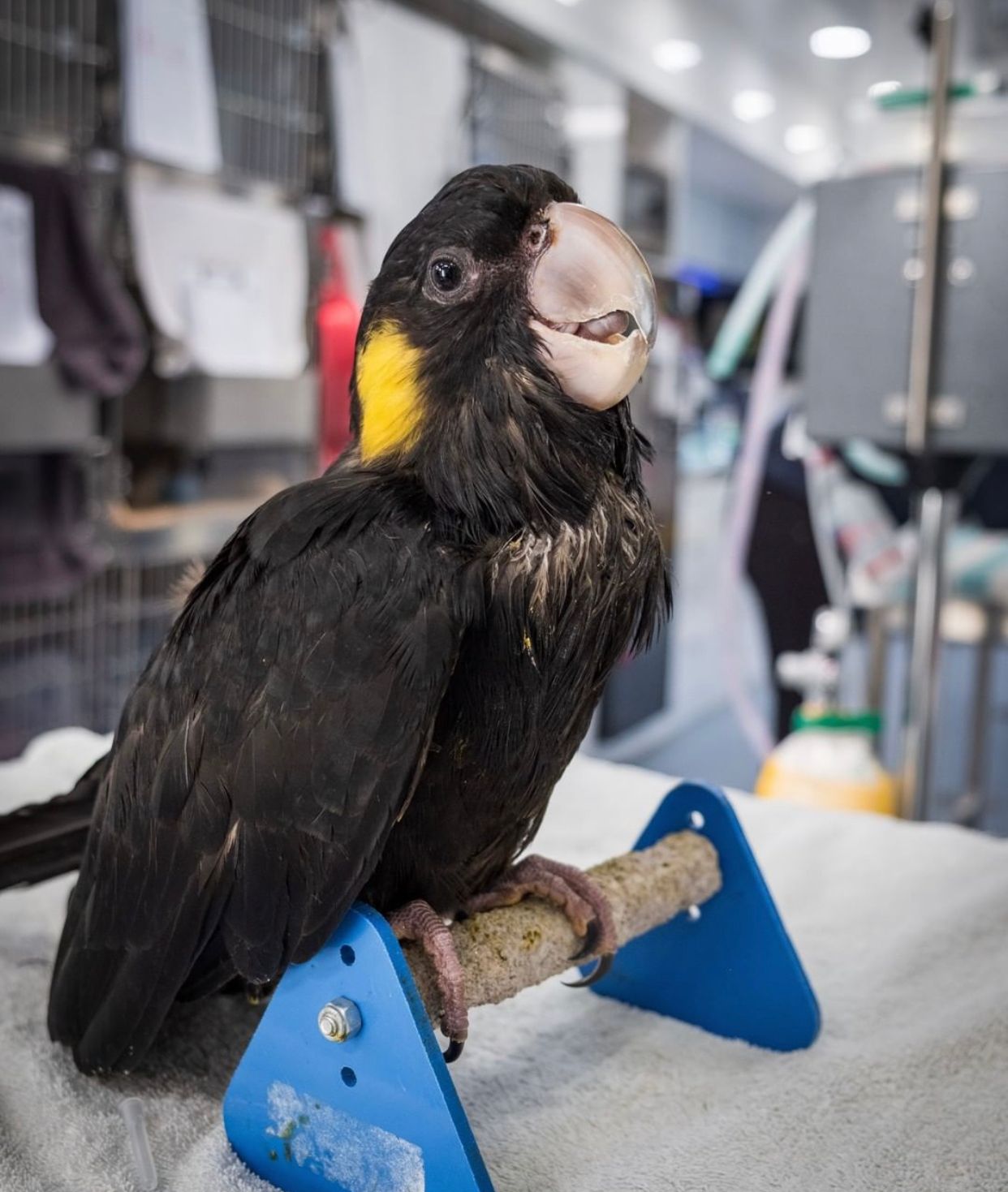
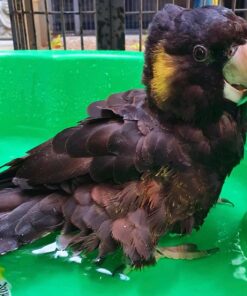
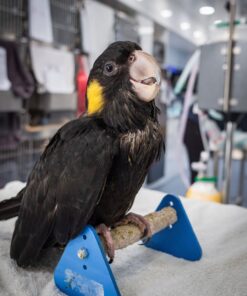

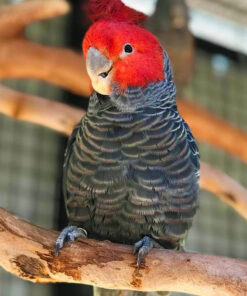
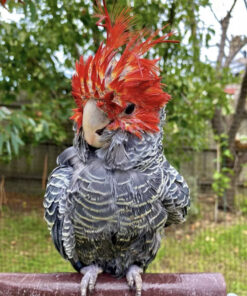

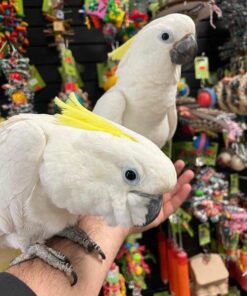
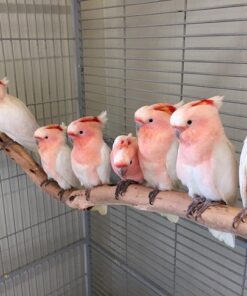
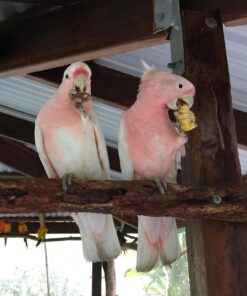
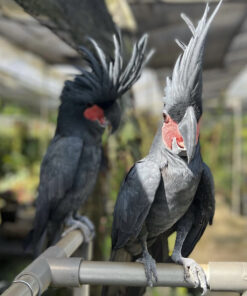
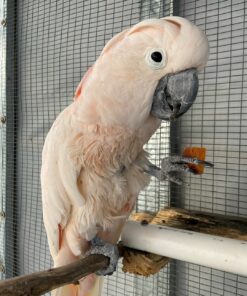
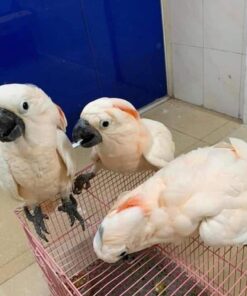
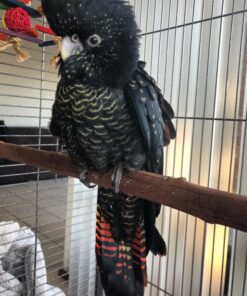

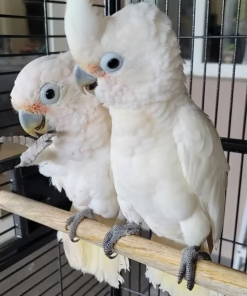
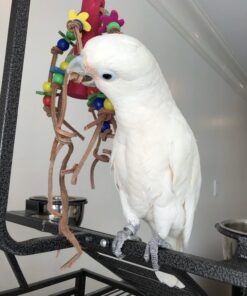
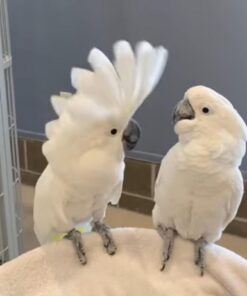
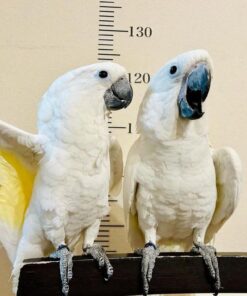
Reviews
There are no reviews yet.